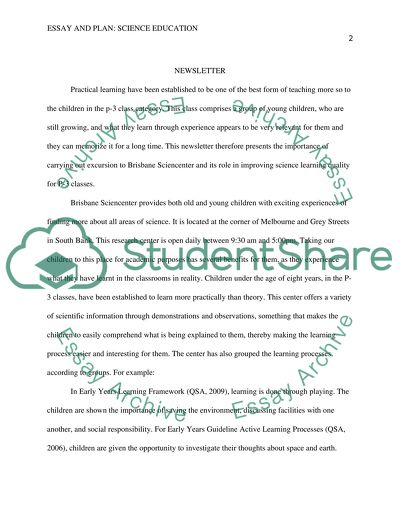Cite this document
(“Essay and Plan: Science education Assignment Example | Topics and Well Written Essays - 750 words”, n.d.)
Retrieved from https://studentshare.org/education/1431704-essay-and-plan-science-education
Retrieved from https://studentshare.org/education/1431704-essay-and-plan-science-education
(Essay and Plan: Science Education Assignment Example | Topics and Well Written Essays - 750 Words)
https://studentshare.org/education/1431704-essay-and-plan-science-education.
https://studentshare.org/education/1431704-essay-and-plan-science-education.
“Essay and Plan: Science Education Assignment Example | Topics and Well Written Essays - 750 Words”, n.d. https://studentshare.org/education/1431704-essay-and-plan-science-education.


